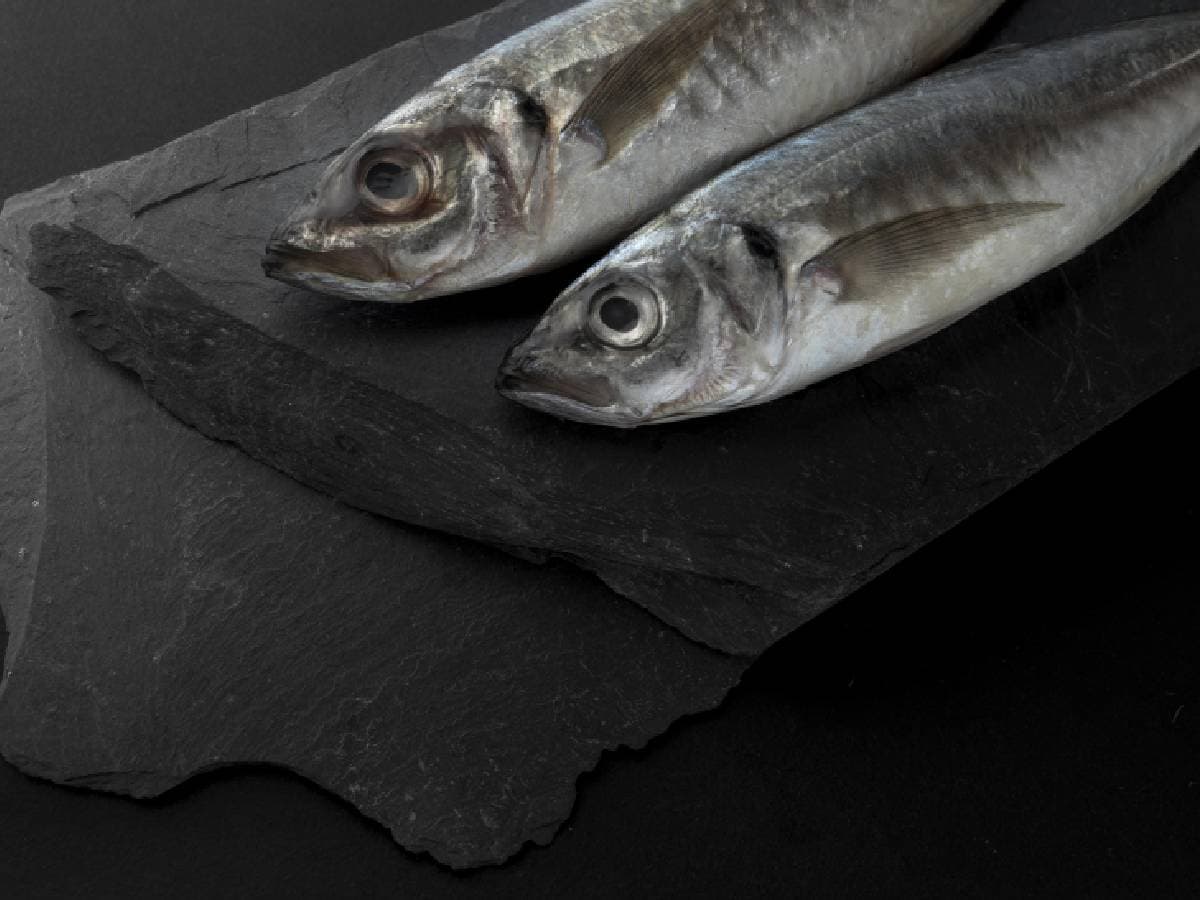In the vast and vibrant world of seafood, one gem that often sparkles with intrigue is the sable fish, also known as black cod. This delicacy, revered for its rich, buttery taste and flaky texture, stands out in the culinary universe, inviting both chefs and food enthusiasts to explore its depths.

Our journey through this article will unravel the mysteries of the sable fish, diving into its culinary profile, nutritional value, and how it compares with other members of the seafood family. From the cold, deep waters of the Pacific Ocean to the high-end restaurants around the globe, sable fish has carved a niche for itself, becoming a sought-after ingredient for those seeking a luxurious dining experience. Let’s embark on this flavorful expedition, discovering why sable fish is often referred to as the “butterfish” and how it enriches our plates and palates.
Introduction to Sable Fish
Overview of Sable Fish
The sable fish, a true marvel of the deep sea, thrives in the cold, nutrient-rich waters of the Pacific Ocean. Known for its velvety texture and a taste that can only be described as the sea’s butter, this fish has become a cornerstone in the realm of gourmet seafood. Its journey from the ocean depths to our dining tables is a testament to its growing popularity and esteemed status among seafood lovers.
Importance in the Seafood Industry
In the seafood industry, the sable fish is more than just another fish; it’s a symbol of quality and luxury. Its high content of omega-3 fatty acids not only makes it a healthy choice but also contributes to its rich, indulgent flavor profile. Chefs around the world prize sable fish for its versatility in cooking, allowing it to be grilled, baked, or even used in sushi, making it a versatile star in the culinary world.
As we delve deeper into the essence of sable fish, we’ll uncover the secrets behind its exquisite taste, compare it with other seafood giants, and provide tips on how to best enjoy this delicacy. Whether you’re a seasoned chef or a curious foodie, the journey through the world of sable fish promises to be an enlightening and delicious adventure.
The Culinary Profile of Sable Fish
Taste and Texture
When it comes to the sable fish, its taste and texture are where it truly shines. Imagine a flavor so rich and buttery, it practically melts in your mouth, leaving a lingering taste that’s both delicate and profound. This is the hallmark of the sable fish, often drawing comparisons to the luxurious textures of lobster and crab. Its flaky texture, combined with a subtle sweetness, elevates it above many other fish in the seafood spectrum, making it a coveted ingredient in high-end culinary creations.
Nutritional Value
But the allure of the sable fish extends beyond just its taste. It’s a powerhouse of nutrition, packed with omega-3 fatty acids that are essential for heart health, brain function, and overall well-being. This nutritional profile not only makes it a delicious choice but a smart one too, for anyone looking to enrich their diet with healthy fats without compromising on taste.
Culinary Uses
In the world of cooking, the sable fish is as versatile as it is flavorful. Its rich, buttery texture makes it perfect for a variety of cooking methods. Whether it’s gently grilled to perfection, baked in a savory sauce, or even served raw in sushi, the sable fish adapts beautifully, making it a favorite among chefs and home cooks alike. For those looking to experiment with sable fish, consider pairing it with light, refreshing sides that complement its richness, or explore its potential in traditional dishes, where its unique flavor can truly stand out.
The culinary journey of the sable fish is a testament to its exceptional taste and versatility. As we continue to explore this delectable fish, we’ll uncover how it compares to its peers in the seafood world and the best ways to enjoy its unparalleled flavor. Whether you’re a seasoned gourmand or a curious food enthusiast, the sable fish offers a culinary experience that’s both enriching and unforgettable.

Sable Fish vs. Other Fish
Comparison with Cod
When pitting the sable fish against its distant cousin, the cod, the differences in flavor and texture become quite apparent. While cod is celebrated for its mild, slightly sweet flavor and firm, meaty texture, making it a staple in dishes like fish and chips, sable fish takes the lead with its richer, more buttery essence. This distinct taste, often likened to that of lobster or crab, along with its melt-in-your-mouth texture, sets sable fish apart as the more luxurious choice for those seeking depth and decadence in their seafood.
Sable Fish and Other Seafood
Beyond cod, when compared to other seafood giants like salmon and halibut, sable fish continues to stand out. Its high levels of omega-3 fatty acids not only rival those found in salmon but also contribute to its lush, velvety texture. Halibut, while firm and meaty, lacks the distinctive buttery flavor that makes sable fish so unique. In the culinary world, this makes sable fish a versatile and prized ingredient, capable of elevating any dish with its profound flavor and luxurious texture.
The comparison between sable fish and other popular fish underscores its exceptional culinary value. Whether for its nutritional benefits, its rich, indulgent taste, or its adaptability in various dishes, sable fish emerges as a superior choice for those who appreciate the finer things in the seafood spectrum. As we delve further into the preparation and cooking techniques for sable fish, it becomes clear why this fish is so revered in gourmet circles and beyond.
FAQs
Is sable fish more expensive than cod?
Yes, indeed, sable fish tends to be more expensive than cod. This price difference stems from its high demand among gourmet chefs and food enthusiasts, coupled with its limited supply. The unique, rich, buttery flavor and delicate texture of sable fish make it a sought-after delicacy in high-end culinary circles, justifying its higher price point compared to the more commonly available cod.
Can sable fish and cod be cooked in the same way?
Absolutely, both sable fish and cod can be prepared using a variety of cooking methods, including grilling, baking, frying, and broiling. However, due to their differences in texture and flavor, they may require slight adjustments in cooking times and techniques. Sable fish, with its tender, flaky texture, might benefit from gentler cooking methods to preserve its delicate qualities, while cod, being firmer, can withstand more robust cooking techniques.
Which fish is better for sushi, sable fish or cod?
For sushi, sable fish often takes the crown due to its buttery texture and rich flavor, which lend themselves beautifully to raw preparations. Its melt-in-your-mouth quality is highly prized in sushi and sashimi dishes, offering a luxurious experience. Cod, while also used in sushi, is generally considered a milder option and might not provide the same depth of flavor as sable fish. For those seeking an indulgent sushi experience, sable fish is the preferred choice.
These FAQs shed light on some of the common queries surrounding sable fish and its culinary uses. As we continue to explore the nuances of this exquisite seafood, it’s clear that sable fish holds a special place in the hearts of seafood aficionados, offering a unique combination of flavor, texture, and nutritional benefits that set it apart from the rest.


